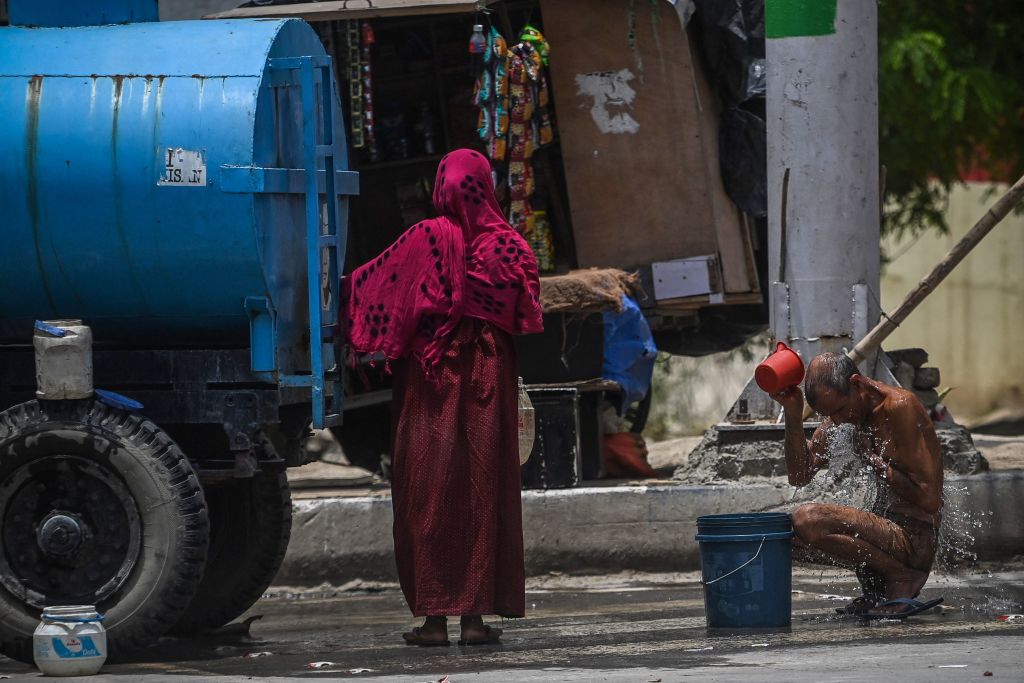- Wednesday, April 24, 2024

By: Pramod Kumar
INDIA’s average temperature rose around 0.7 Celsius between the beginning of the 20th century and 2018. It is set to rise another 4.4 degrees by 2100, according to a recent government report.
The study also forecasts the frequency of heatwaves by then to be three to four times higher than in 1976-2005, and they will last twice as long.
While people in richer nations can find some respite from a warming planet with air conditioners and other modern luxuries many in India don’t even have running water.
Sri Ganganagar, in the desert state of Rajasthan near the Pakistan border, is regularly India’s hottest place and temperatures of 50 degrees Celsius (122 degrees Fahrenheit) are nothing out of the ordinary.
So the district’s two million people — equivalent to the population of Slovenia — get up early during the long summer months.
By late morning the sun is already ferocious and the temperature a brutal 42 Celsius, and everyone soon retreats to their homes until early evening.
“By noon only those who can’t avoid it are outside. We just sit under this,” said fruit vendor Dinesh Kumar Shah, gesturing to his large black umbrella.
Only a lucky few have air conditioning, with most people using fans and cheaper air coolers — in between power cuts — and thick green curtains called tarpals to block out the sun.
“Us poor are hit the hardest. The ceiling fans at our homes just circulate the hot air,” said local resident Kuldeep Kaur.
“It is particularly difficult for young children at home in summers. But I guess there isn’t much ordinary citizens can do about it. We just have to bear it.”
Along the city’s irrigation canals, boys and men young and old — but not women in socially conservative Rajasthan — cool off in the muddy water.
Locals know the water-release schedules. It helps them with irrigating their crops, and tells them where they need to be for a dip.
Heatwaves, humidity
According to a draft report by the UN’s climate science advisory panel, hundreds of millions of people will likely be afflicted by at least 30 deadly heat days every year by 2080, even if the world meets the Paris climate deal goal of capping warming well below two degrees Celsius.
Sustained heatwaves can be mortally dangerous, especially when combined with high levels of humidity.
“Both temperatures and humidity are increasing in India and all over the world,” said Roxy Mathew Koll, climate scientist at the India Institute of Tropical Meteorology.
“It is not just about the heatwaves but the accompanying rise in humidity too, which makes you feel the temperature is much higher (than it is),” Koll added.
Indian cities are implementing “heat action plans”, planting trees in urban areas and painting roofs with reflective paint, but these are no substitute for global action to reduce emissions.
Back in Sri Ganganagar, the locals keep cool drinking plastic cups of sugarcane juice with mint leaves and lemon, sold by Mathura Choudhary for 10 rupees ($0.13) each.
“This is the time when we do our best business,” said Choudhary at his roadside stall. “Who wouldn’t like a glass or two of this in the summer? It’s cold, sweet and fresh.”
![]()